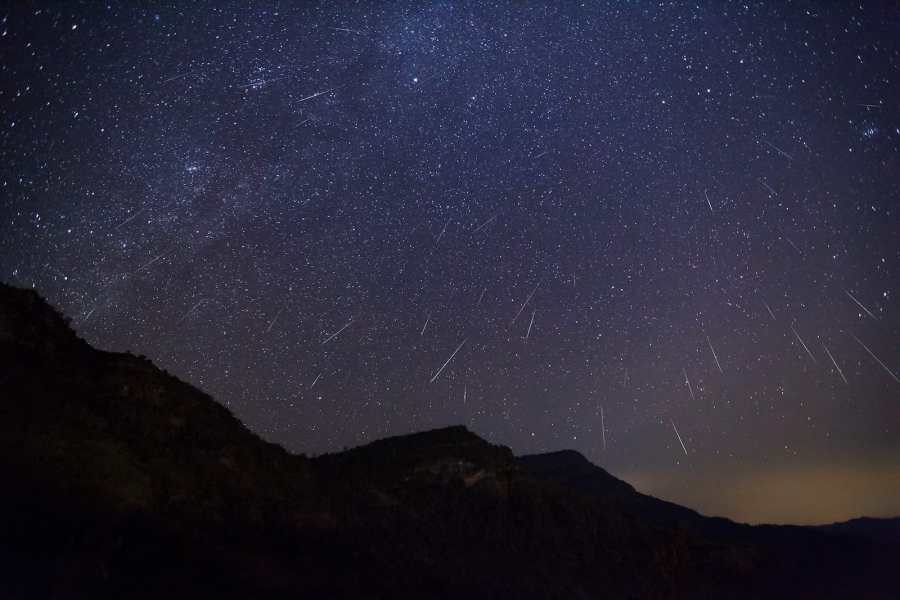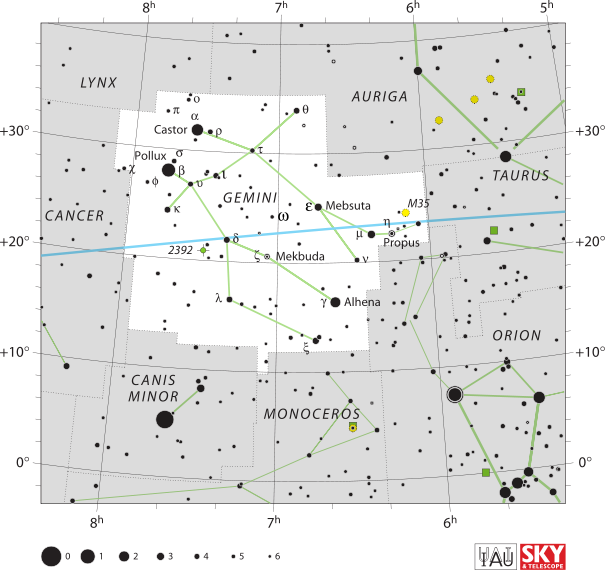The Geminids – one of the most reliable annual astronomical displays – reach their peak tonight. Here’s how you can see the meteor shower
It’s one of the most anticipated celestial events of 2017. Every year, the Geminids light up the sky with a shower of meteors visible to the naked eye. Here’s how you can see them. Anyone can participate – you don’t need a telescope or any special equipment.
Get the timing right
This year, the Geminids reach their peak overnight between December 13 and 14 (that’s tonight!) There is no overall best time to see them, but the Geminids are often at their best between approximately 2.00am-3.00am local time.
Check the weather
Patchy cloud is expected over the UK today. If it’s too cloudy you won’t see anything.
Wrap up warm
There’s a lot of very cold and snowy weather in the UK at the moment (just in case you hadn’t noticed!) so don’t forget warm clothing and maybe a flask of something hot to drink.
Go somewhere dark
Nights in December are long and dark, and the moon tonight is due to be a slender waning crescent, so the odds are stacked in your favour already. That said, if you can get somewhere as far from artificial light pollution as possible you’ll be in with a greater chance of seeing more meteors. Climb a hill – or go wild camping.
Make sure you have an uninterrupted view of the horizon
Wooded locations and cities are not the best spots. Choose open countryside (or, again, a hill!)
Let your eyesight adjust
The Geminids originate from a rocky asteroid rather than an icy comet, so they are unusually vivid meteors, but you’ll still benefit from protecting your night vision. It takes a good 30 minutes for your eyesight to adjust to the darkness. Don’t use torches – or if you need some light, use the red mode on your head lamp.
Know where you’re looking
The Geminids can be seen all over the night’s sky but they generally radiate from the constellation Gemini.
Sit back and enjoy
It’s set to be an incredible spectacle, with over 50 meteors per hour expected. It’s thought that the Geminids have been intensifying every year, and some recent showers have seen as many as 120-160 meteors per hour in perfect conditions. If you get any good photos, send them to us!
Image: Shutterstock









